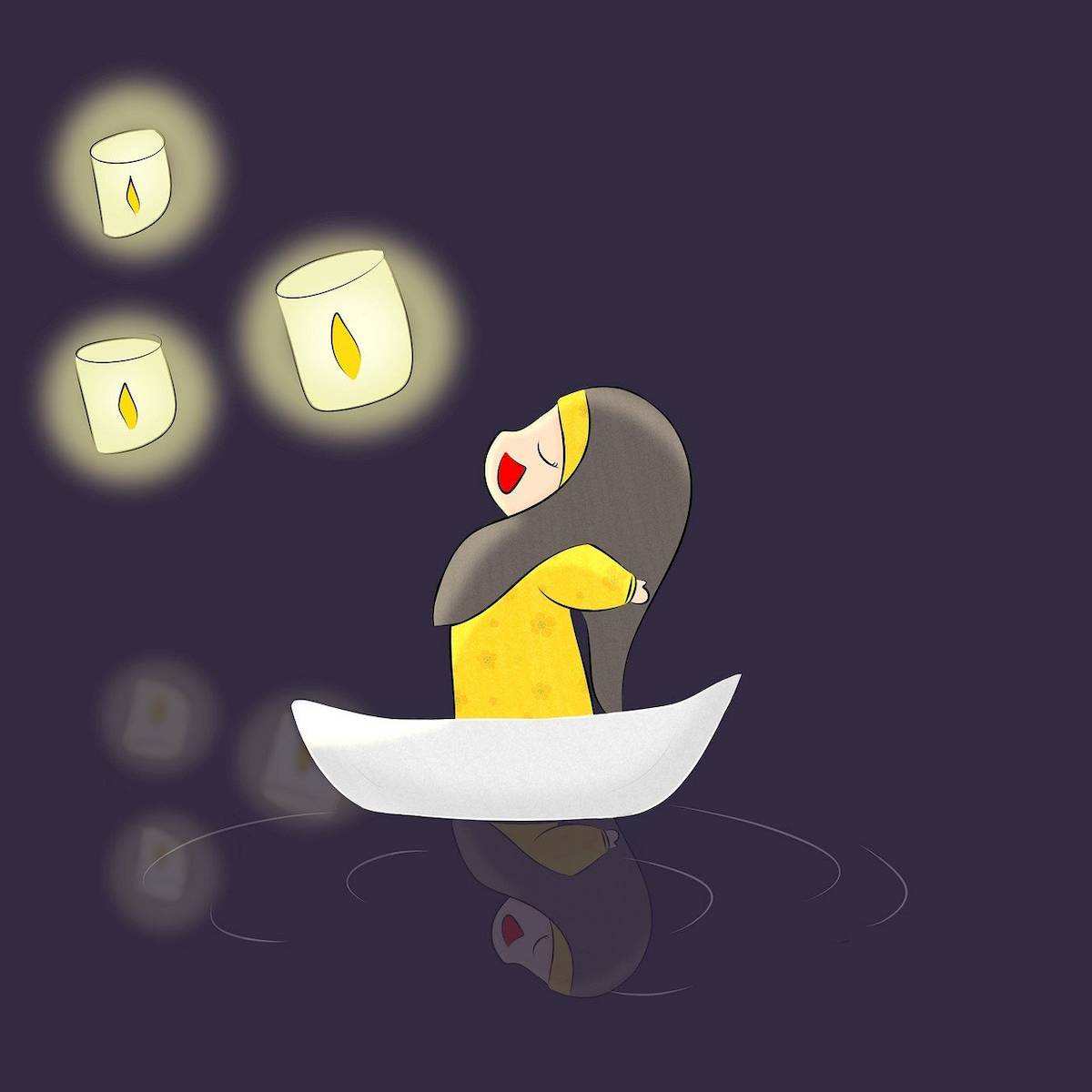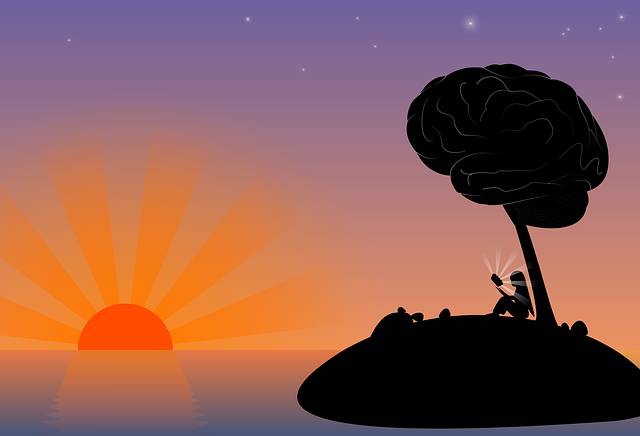In the annals of scientific history, moments of profound discovery often emerge not just from isolated brilliance but from the sparks of conversation and collaboration. This phenomenon, which we might term 'creative schmoozing,' has played a pivotal role in advancing our understanding of the world. From the elucidation of the functions of the pancreas to the formulation of cell theory, casual interactions have frequently been the catalysts for groundbreaking insights.
One of the most famous examples of creative schmoozing in the realm of medicine is the discovery of chloroform as an anesthetic. In the early 19th century, an Edinburgh doctor, unaware of the potential of chloroform, was engaged in a casual conversation with a visitor who happened to mention its properties. This chance encounter led to extensive experimentation and, ultimately, the introduction of chloroform as a revolutionary anesthetic, significantly reducing the pain and trauma of surgical procedures.
Similarly, the understanding of the pancreas's functions was significantly advanced when two doctors, who had never met before, encountered each other in a library. Their conversation, sparked by a shared interest in digestive disorders, led to a collaborative effort that culminated in a clearer understanding of the pancreas's role in digestion and metabolism. This example underscores how seemingly mundane interactions can lead to profound scientific advancements.
Perhaps most famously, the formulation of cell theory is attributed to a dinner conversation between two colleagues. Their discussion on the nature of life and the structure of organisms led them to independently develop the theory that all living things are composed of cells, fundamentally changing our understanding of biology and laying the groundwork for modern cellular research.
These stories of creative schmoozing highlight the importance of informal interactions in the process of innovation and discovery. In today's increasingly digital and compartmentalized world, where work and learning environments are often designed for efficiency and isolation, it is crucial to preserve and foster opportunities for casual conversations. These interactions not only facilitate the exchange of ideas but also create a fertile ground for unexpected collaborations and breakthroughs.
Psychologically, the value of such interactions lies in their ability to break down barriers, stimulate creativity, and foster a sense of community among professionals. By encouraging environments where people from diverse backgrounds and disciplines can casually engage, we not only enhance the potential for innovative thinking but also enrich the personal and professional lives of those involved.
In conclusion, the history of creative schmoozing teaches us that the most significant leaps in knowledge can arise from the simplest of conversations. As we continue to evolve our settings for work and learning, it is essential to remember the power of casual interaction and to design spaces that encourage and facilitate these serendipitous moments of discovery.




发表评论 取消回复